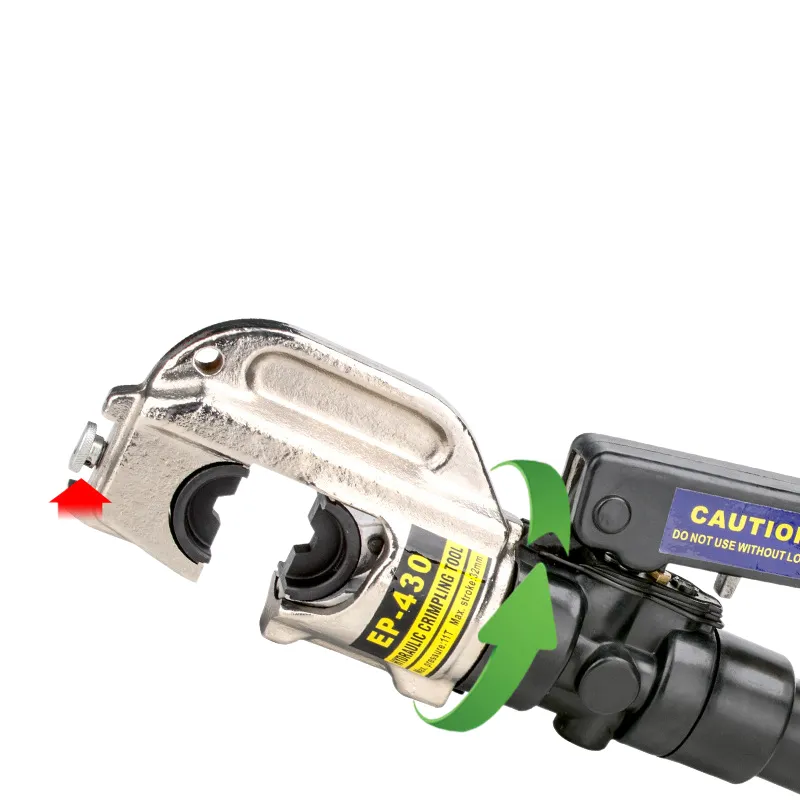
-
 Afrikaans
Afrikaans -
 Albanian
Albanian -
 Amharic
Amharic -
 Arabic
Arabic -
 Armenian
Armenian -
 Azerbaijani
Azerbaijani -
 Basque
Basque -
 Belarusian
Belarusian -
 Bengali
Bengali -
 Bosnian
Bosnian -
 Bulgarian
Bulgarian -
 Catalan
Catalan -
 Cebuano
Cebuano -
 Corsican
Corsican -
 Croatian
Croatian -
 Czech
Czech -
 Danish
Danish -
 Dutch
Dutch -
 English
English -
 Esperanto
Esperanto -
 Estonian
Estonian -
 Finnish
Finnish -
 French
French -
 Frisian
Frisian -
 Galician
Galician -
 Georgian
Georgian -
 German
German -
 Greek
Greek -
 Gujarati
Gujarati -
 Haitian Creole
Haitian Creole -
 hausa
hausa -
 hawaiian
hawaiian -
 Hebrew
Hebrew -
 Hindi
Hindi -
 Miao
Miao -
 Hungarian
Hungarian -
 Icelandic
Icelandic -
 igbo
igbo -
 Indonesian
Indonesian -
 irish
irish -
 Italian
Italian -
 Japanese
Japanese -
 Javanese
Javanese -
 Kannada
Kannada -
 kazakh
kazakh -
 Khmer
Khmer -
 Rwandese
Rwandese -
 Korean
Korean -
 Kurdish
Kurdish -
 Kyrgyz
Kyrgyz -
 Lao
Lao -
 Latin
Latin -
 Latvian
Latvian -
 Lithuanian
Lithuanian -
 Luxembourgish
Luxembourgish -
 Macedonian
Macedonian -
 Malgashi
Malgashi -
 Malay
Malay -
 Malayalam
Malayalam -
 Maltese
Maltese -
 Maori
Maori -
 Marathi
Marathi -
 Mongolian
Mongolian -
 Myanmar
Myanmar -
 Nepali
Nepali -
 Norwegian
Norwegian -
 Norwegian
Norwegian -
 Occitan
Occitan -
 Pashto
Pashto -
 Persian
Persian -
 Polish
Polish -
 Portuguese
Portuguese -
 Punjabi
Punjabi -
 Romanian
Romanian -
 Russian
Russian -
 Samoan
Samoan -
 Scottish Gaelic
Scottish Gaelic -
 Serbian
Serbian -
 Sesotho
Sesotho -
 Shona
Shona -
 Sindhi
Sindhi -
 Sinhala
Sinhala -
 Slovak
Slovak -
 Slovenian
Slovenian -
 Somali
Somali -
 Spanish
Spanish -
 Sundanese
Sundanese -
 Swahili
Swahili -
 Swedish
Swedish -
 Tagalog
Tagalog -
 Tajik
Tajik -
 Tamil
Tamil -
 Tatar
Tatar -
 Telugu
Telugu -
 Thai
Thai -
 Turkish
Turkish -
 Turkmen
Turkmen -
 Ukrainian
Ukrainian -
 Urdu
Urdu -
 Uighur
Uighur -
 Uzbek
Uzbek -
 Vietnamese
Vietnamese -
 Welsh
Welsh -
 Bantu
Bantu -
 Yiddish
Yiddish -
 Yoruba
Yoruba -
 Zulu
Zulu


Okt . 11, 2024 16:40 Back to list
tool for cutting chicken wire
The Essential Tool for Cutting Chicken Wire
When it comes to various DIY projects, particularly in the realm of gardening and animal husbandry, chicken wire is an indispensable material. It serves multiple purposes, enabling us to create enclosures for poultry, protect gardens from small pests, and even craft decorative installations. One key aspect of using chicken wire effectively is knowing the right tool for cutting it. In this article, we will explore the various tools available for cutting chicken wire, their uses, and tips for achieving the best results.
Chicken wire, or hexagonal wire netting, is typically made of galvanized steel and is known for its flexibility and durability. However, these same characteristics can make it a challenge to cut. The goal is to achieve clean, precise cuts to ensure that the wire stays intact without any jagged edges that may pose safety hazards. When it comes to selecting a cutting tool for chicken wire, there are several options to consider, each with its own advantages.
1. Wire Cutters
Wire cutters are the most common tool used to cut chicken wire. They come in various sizes, but a pair of heavy-duty wire cutters is ideal for this task. Their sharp blades are designed specifically to handle metal wire, making them effective at slicing through chicken wire quickly and efficiently. To use wire cutters, simply position the wire between the blades and squeeze the handles together. For larger projects, you might consider using compound action wire cutters, which provide more leverage and require less effort to cut through tough materials.
2. Tin Snips
Tin snips are another excellent option for cutting chicken wire. They are especially useful for making more intricate cuts or working in tight spaces. Like wire cutters, tin snips have sharp blades that can cut through various types of metal, including chicken wire. There are three main types of tin snips straight-cut, left-cut, and right-cut. Depending on the direction of your cuts, choosing the right type can help you achieve a more precise outcome.
3. Dykes (Diagonal Cutters)
tool for cutting chicken wire

Dykes, or diagonal cutters, are designed primarily for cutting wire and small metal objects. While they are typically more suitable for softer materials, they can still be effective for chicken wire, especially in situations where precision is paramount. Their angled design allows for easy access to tight spaces, making them handy for detailed work.
Tips for Cutting Chicken Wire
1. Safety First Always wear gloves and protective eyewear when working with chicken wire. The edges can be sharp and may cause injury if not handled correctly.
2. Measure Twice, Cut Once Before cutting, measure your wire carefully. Mark your cut lines with a marker to ensure accuracy and prevent wastage.
3. Work on a Flat Surface Lay the chicken wire flat on a stable workbench or surface. This will help you make more precise cuts and reduce the risk of the wire bending or rolling.
4. Secure the Wire If possible, use clamps to hold the wire in place while you cut. This will help prevent movement and ensure clean cuts.
In conclusion, choosing the right tool for cutting chicken wire is essential to achieving clean and precise results. Whether you opt for wire cutters, tin snips, or diagonal cutters, ensuring safety and accuracy will make your projects much more manageable. With the appropriate tools and techniques, you can make short work of chicken wire, whether you're building an enclosure for your chickens, protecting your garden, or embarking on a creative craft project. Happy cutting!
Latest news
What Are Construction Tools and How Are They Used?
NewsJul.11,2025
Professional-Grade Duct Rodding Tools for Superior Cable Installation
NewsJul.11,2025
Enhancing Safety and Efficiency with Modern Hot Stick Solutions
NewsJul.11,2025
Empowering Cable Installation with Advanced Rodder Solutions
NewsJul.11,2025
Elevate Your Cable Installation Projects with Cable Pulling Tools
NewsJul.11,2025
Efficient Cable Handling Solutions: Cable Rollers for Sale
NewsJul.11,2025











